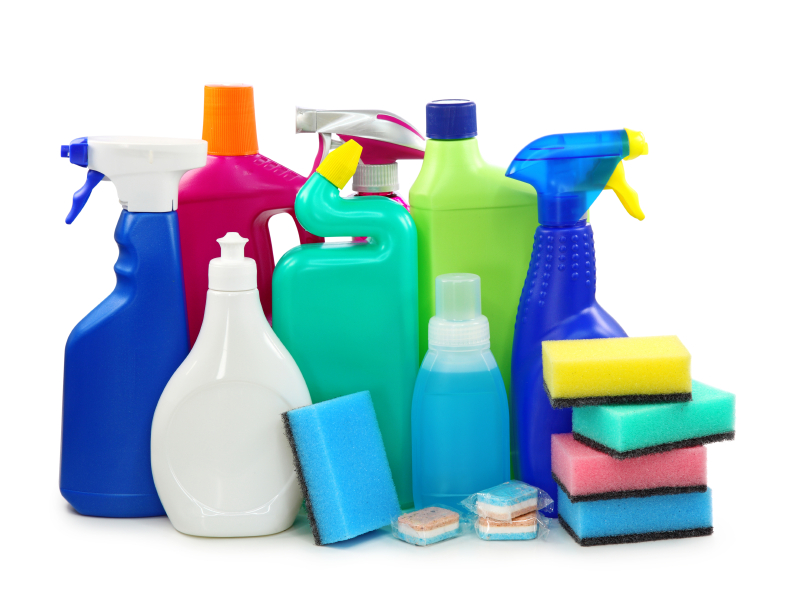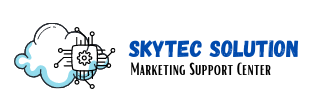
There are many things to keep in mind when cleaning and disinfecting. Hazardous chemicals, touch surfaces, and training should all be considered. These factors should be addressed in your contract with a cleaning and disinfecting service provider. A comprehensive plan should include the following: How often to disinfect surfaces, when and how to use disinfectants, and how to store and protect personal protective equipment.
Cleaning and disinfecting surfaces are essential to prevent the spread of viruses and bacteria. Most work environments have cleaning contracts to keep their workspaces sanitary. The CDC recommends cleaning and disinfecting surfaces daily to prevent the spread of COVID-19 and SARS-CoV-2. However, many work environments still use the old-fashioned way of cleaning with soap and water.
Disinfectants are highly effective at killing off most types of germs on a surface. They should be used according to the directions on the label. Depending on the level of use, disinfectants may need to be applied more frequently. In addition, public objects and surfaces should be cleaned and disinfected before each use.
Cleaning and disinfecting are two different processes, each having its own benefits and drawbacks. Cleaning removes dirt, debris, and impurities while disinfecting kills bacteria and viruses. Cleaning is not enough if there is dirt, stains, or dust. In addition, disinfectants often use chemicals that are registered with the Environmental Protection Agency (EPA). Disinfectants can destroy germs on a surface and reduce the risk of spreading infection.
Cleaning and disinfecting surfaces should be done regularly, especially if you have a weakened immune system. Using appropriate cleaning and disinfecting products is the best way to ensure the safety of your workplace. In addition, you should also follow the manufacturer’s instructions on how to properly handle wipes and buckets.
A good way to keep surfaces clean is by disinfecting regularly. Disinfectants are EPA-registered products that kill germs on surfaces. You should follow the product instructions carefully. You should also disinfect surfaces before each use. It is important to use a sanitizer that contains 60 percent or higher alcohol.
Cleaning and disinfecting for disinfection is an essential component of an infection prevention program, but many factors make it difficult to achieve high rates of effective disinfection. To help overcome these challenges, continued efforts are needed to refine traditional cleaning methods. In addition, the use of modern technologies can complement traditional methods. More research is needed to determine how these new technologies can best be used.
When disinfecting surfaces, you should apply the disinfectant to the surface and allow it to stay wet for the required dwell time. This will help kill germs and reduce the likelihood of cross-contamination. If the dwell time is too short, the germs will have a chance to reproduce.
Disinfectants are a key component of infection control programs in medical settings. While they are not commonly used at home, they are vital to preventing the spread of disease. They kill bacteria, viruses, and other microorganisms on surfaces. However, they must be used properly. You should use the right disinfectants for the appropriate applications. You should also use the appropriate equipment and dilution ratio.
Occupational exposure to hazardous chemicals used in cleaning and disinfecting has been linked to an increased risk of asthma, cancer, and other diseases. While the specific chemicals used in cleaning and disinfecting are unknown, some cleaning products contain a mix of potentially hazardous substances. Safety data sheets (SDSs) should be reviewed before using these chemicals in the workplace.
Hazardous chemicals should carry a hazard symbol on the label, so you can identify them before using them. These symbols also provide advice on safe usage. Most chemicals contain symbols to indicate which compounds may be hazardous. Often, the symbols are multiple, so you should read the label to make sure you know which one is harmful. The Health and Safety Executive can provide further information on chemical symbols and product safety. Safety data sheets may also give details of the supplier.
While manufacturers are not required to list all of their ingredients on their labels, you should carefully read the safety data sheets of your cleaning products to find out what they are made from. If they contain a warning label that states “hazardous chemicals,” it is a good idea to use another cleaning product.
